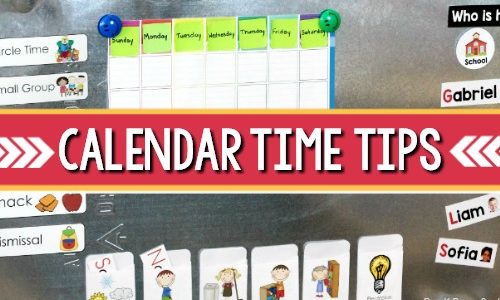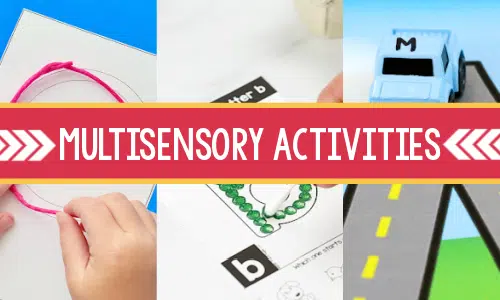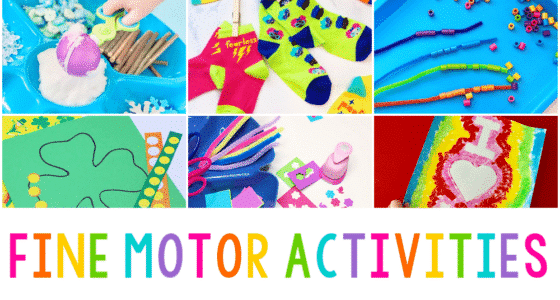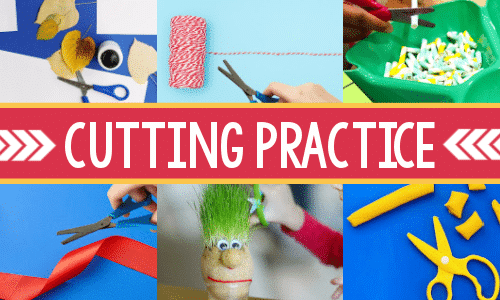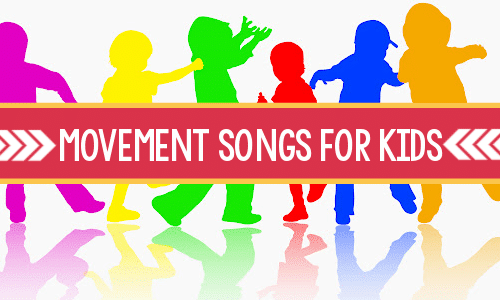Many of us have fond memories of coloring books from our childhood. What could possibly be wrong with coloring harmless pictures?
Coloring books no more have a place in the classroom than Cool Ranch Doritos and M&Ms, they simply don’t add value to the educational process. They’re not the type of materials our students deserve and need to learn and grow.
Research in the field of early childhood education has advanced greatly in the last several decades. We know so much more now about how children learn and how to best meet their needs than we have ever known before.
Coloring Books in the Classroom
Part of being a professional educator is the idea of being a lifelong learner. As teachers, we’re always learning about best teaching practice and re-thinking the way we do things based on current research.
Coloring Book Myths
Myth #1.Coloring in coloring books helps to promote fine motor development and eye-hand coordination.
Most activities in an early childhood program help to promote these two areas of development…pegboards, stringing beads, puzzles, blocks, using crayons, markers etc. Children participate in many activities in our classrooms each day that support the development of eye-hand coordination and fine-motor skills, they don’t need coloring sheets to develop these skills.
Myth #2: But the children love them…
Of course the children love coloring books because they are marketed specifically to children and feature popular children’s characters. Children also love cheese puffs and soda, but that doesn’t mean there is a place for these things in a high-quality early childhood classroom.
Myth #3: I colored with coloring books and I turned out OK.
Sure, most of us turned out just fine despite some of the educational practices we experienced, not because of them. When we know better, we do better.
Myth #4: If I have open ended art available then there’s nothing wrong with having coloring books as a choice.
By providing coloring pages or books in your classroom you’re sending a message to children that you value coloring books. If children think you value coloring sheets they will want to please you.
The choices we offer children should be acceptable and follow best teaching practices. For example, if we give children the choice of eating their sandwich and apple or eating a big bag of Doritos and M&Ms, you would say the Doritos were inappropriate, right?
Myth #5: Coloring is relaxing, that’s why adult coloring books are so popular right now.
They may be relaxing for some adults, but they can also be stressful – especially for some children who feel the need to be perfect.
Coloring Book Questions
Should coloring books be banned from homes and schools?
There can be a time and a place for coloring books, they’re fine for road trips, after school, going to grandma’s house – times when being passive is a good thing.
Coloring Books in the Classroom
Should coloring books be a regular part of an early childhood program?
No. Coloring books represent poor teaching practice. They’re not, nor have they ever been considered a best teaching practice. Coloring books are a commercial product and have nothing at all to do with teaching. Our students deserve more, not less.
Coloring Book Research
In his groundbreaking EdWeek article The Crayola Curriculum, Mike Schmoker examines how crayons don’t close the achievement gap, they only serve to make it wider.
In his equally eye-opening article, The People vs. Coloring Books, Steve Drummond of NPR delves into the topic of coloring books and a discussion of what is educational vs. what is recreational.
“The dependency upon someone else’s outline of an object makes children much less confident in their own means of expression. They obviously cannot draw a cow as good as the one in the coloring book.” – Dr. Viktor Lowenfeld – Creative and Mental Growth
More Teaching Tips
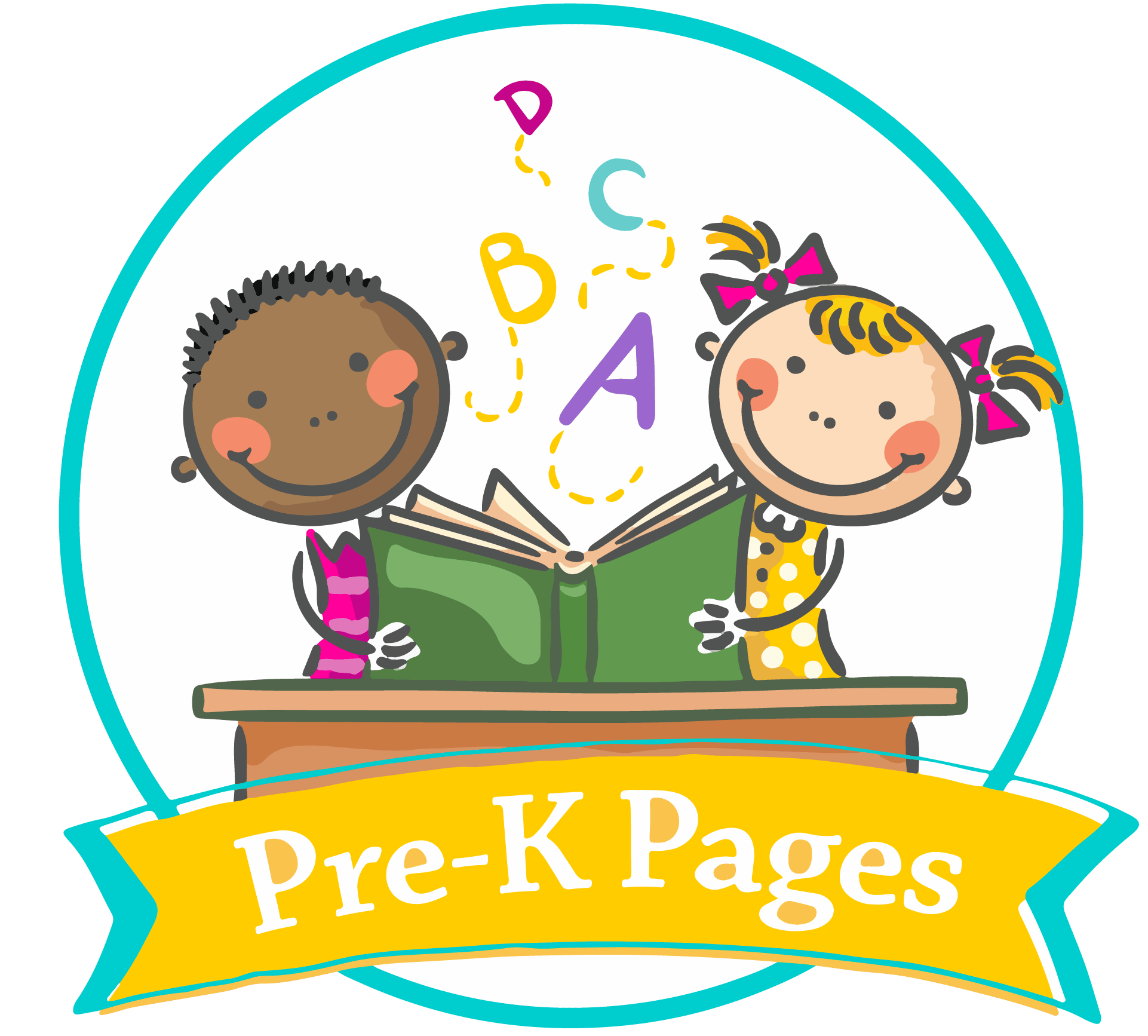
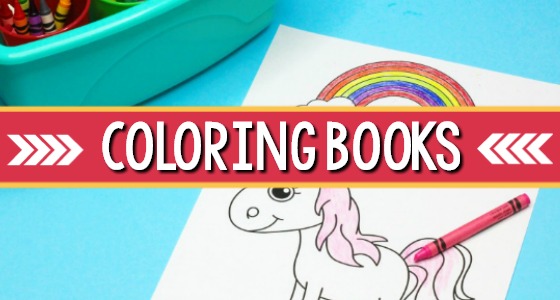


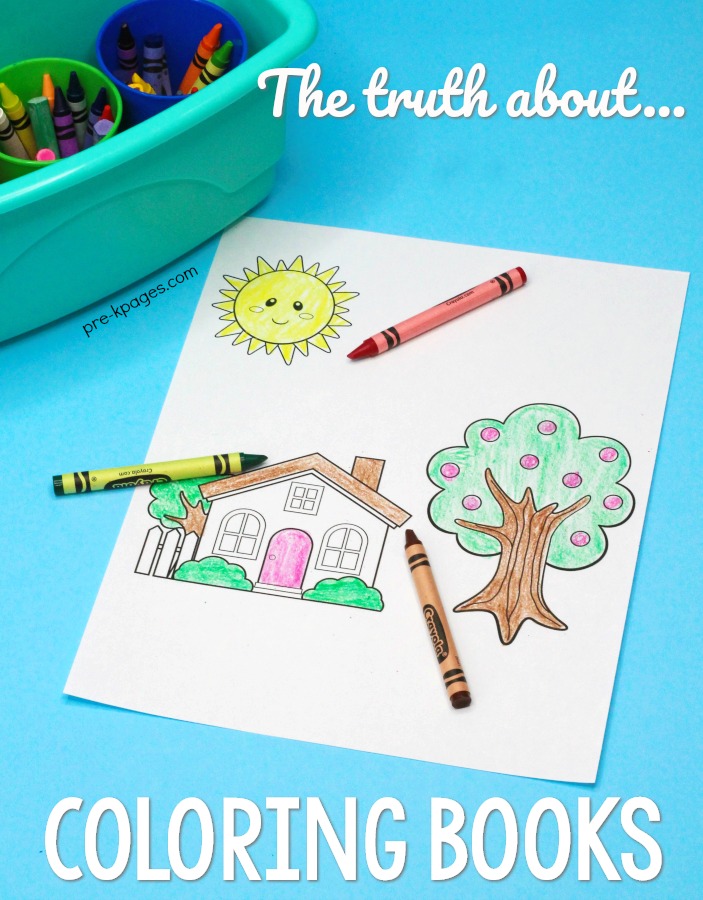

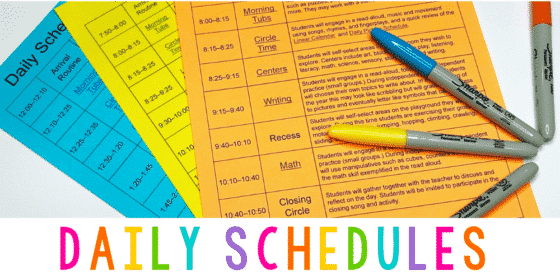
![[Image: How to prevent kids from biting]](https://www.pre-kpages.com/wp-content/uploads/2022/10/EEC066_wide-NEW-500x500.png)
